Visit to Peloponnese and Atika
Author: Ivana Petrović
For Peloponnese and Attica 10 days are not enough if you want to see everything what this part of Greece has to offer. I hope that for me this was just the beginning of discovering new localities, archeological sites, cities, places… What I managed to visit is:
- Lutraki, located in the Corinthian Bay (4-5km far from Corinth Channel), at the foothill of Mount Geranium. The city has thermal water awarded with a blue flag for quality. The city beach is 4km long. A variety of tavernas, restaurants, cafes is next to the promenade that follows the beach. The largest casino in this part of Europe is in this city.
One more attraction is an artificial waterfall which is near to the city center.
When it comes to accommodation, there are mostly hotels. There are no apartments for renting, unless it is a private apartment.
- The next stop was lake Vouliagmeni, around 17km far from Loutraki, close to Perachora. It was formed through a channel which leads to Ionian sea. Water is clear, warm, with a long shallow, and on the bottom there is very tiny sand. There are few beach bars and one small church.
- On our way back from Vouliagmeni, 2-3km far, in the North-Western part of Peloponnese, there is a lighthouse where you can enjoy the wonderful view towards the bay. Under the lighthouse there are the remains of the Temple of Hera, and one small, beautiful beach.
- From Loutraki, where we were staying, we have started our day trip to Athens, which is around 80km far (around 1h by car). Unfortunately, one day is not enough to visit the city properly. What I managed to see is the narrow city center, the Olympic Stadium, the Sintagma Square, the Omnia Square, the Monastiraki Square, the National Library, the university building, the Parliament building as well as the remarkable changing of the Evzoni guards.
Anyway, the interesting facts about Evzoni guards are that they must be higher than 185cm, that the upper part of their uniform has 36 meters of material with 400 pleats, which indicate the number of years they were ruled by the Turks. Shoes which they wear, weigh 3kg.
When it comes to people, the ones I’ve come across are really polite and kind.
I have to praise the waiters from the Bairaktaris tavern on Monastiraki Square. They’re really nice. To the girls they often bring something for free, so some got bottled wine, desserts, etc. Prices are very affordable.
This time I couldn’t afford myself to visit the Acropolis because the ticket was very expensive. But I found an alternative, so I climbed the hill Philopapos, which is across the Acropolis and from where you see the whole Athens. The view is amazing.
I will return to this city for sure.
- After Athens, the next stop was the southernmost point of Attica, more precisely Cape Sunion. Hundreds of tourists come here to see the magnificent sunset. There is also Poseidon’s temple. The legend says that Aegeus, king of Athens, comitted a suicide here when he jumped into the sea, thinking that his son Theseus died. The Aegean Sea was named after him. The entrance fee must be paid in order to enter on this archeological site.
- Region Nemea is famous for its vineyards. There are 40 wineries here, of which only three allow visitors. We were in “Domaine Bairaktaris” where we had the opportunity to learn something about production, grape varieties, and taste four different wines. Prices start from 4 and go up to 10 Euros per bottle, for those who wanted to buy it.
- For the end: Nafplio, former capital of Greece and the city who left me breathless!
Mythology says: Nauplius, by whom the city was named, was the son of God Poseidon and Amymone, the daughter of Danaus, king of Argos. The sons of Nauplius were Oiax and Palamedes, who had the nickname Wise and who participated in the Trojan War together with Agamemnon, Odysseus, Achilles and other heroes who set off on a trip to Troy to return beautiful Helen. Odysseus was jealous of Palamedes for his wisdom, and blinded by envy, accuses him of being a traitor and co-operating with the Trojans, so Palamedes, although innocent, was sentenced to death. When Palamedes’ father got the news that his son was dead and that Odysseus was responsible for it, he went to Cava D’oro and the Greek ships, who were returning from Troy, blinded by anger, he guided them to the underwater rocks.
One of the fortresses (there are three of them) is named after Palamedes. The fortress is built on a hill, 216m high, and if you want to get there from the city, you have to climb 999 steps. The entrance is not free. At 7:30 in the afternoon the fortress closes for the visitors.
The city has 17.000 inhabitants. The old part is built in the Venetian style. The narrow streets, countless taverns, cafes, souvenir shops beautify Nafplio.

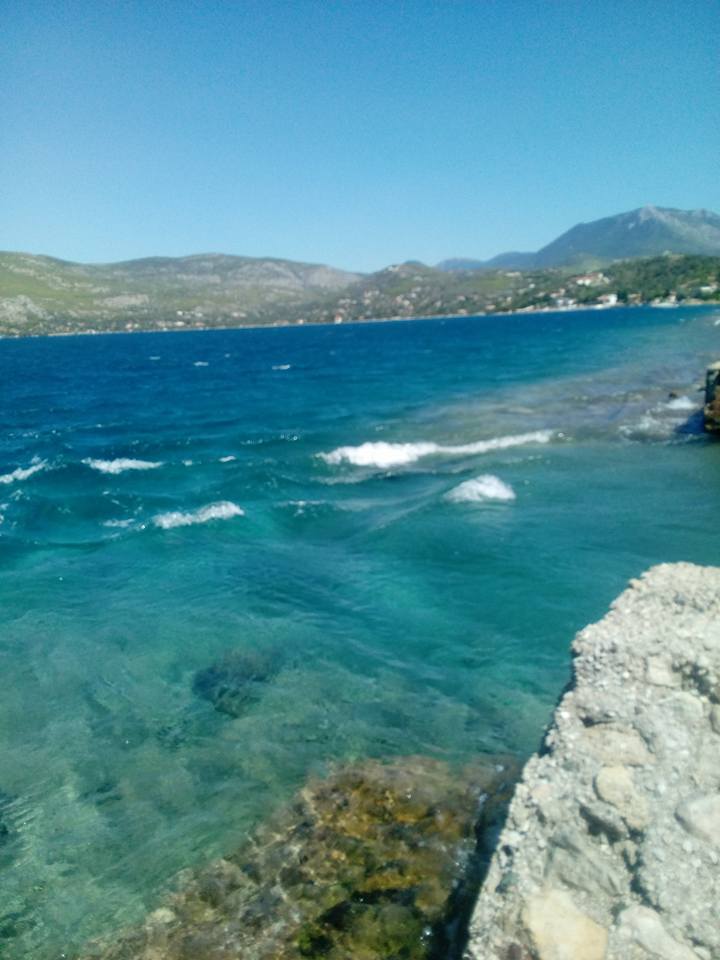
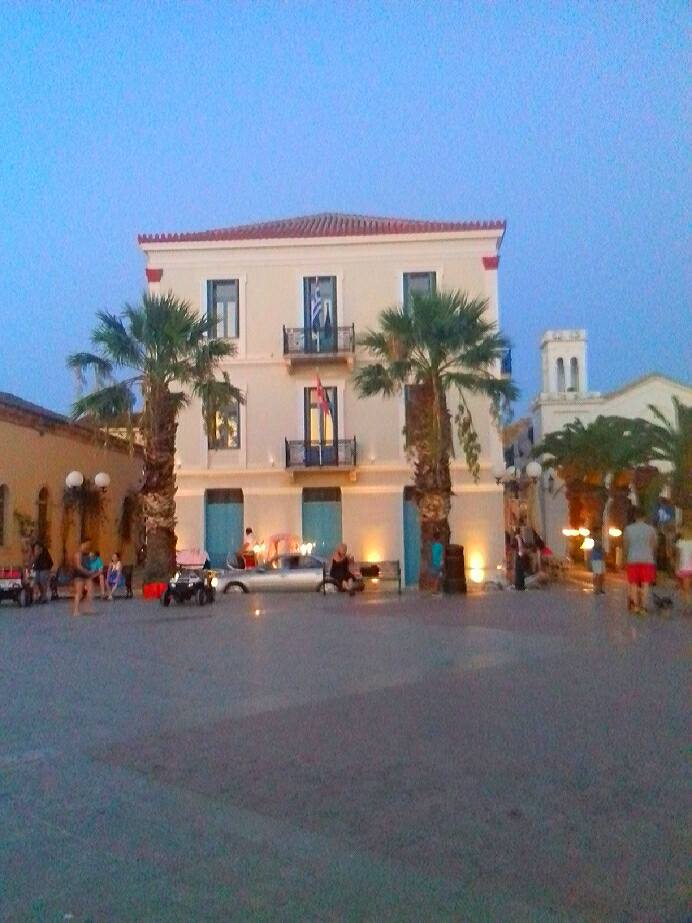
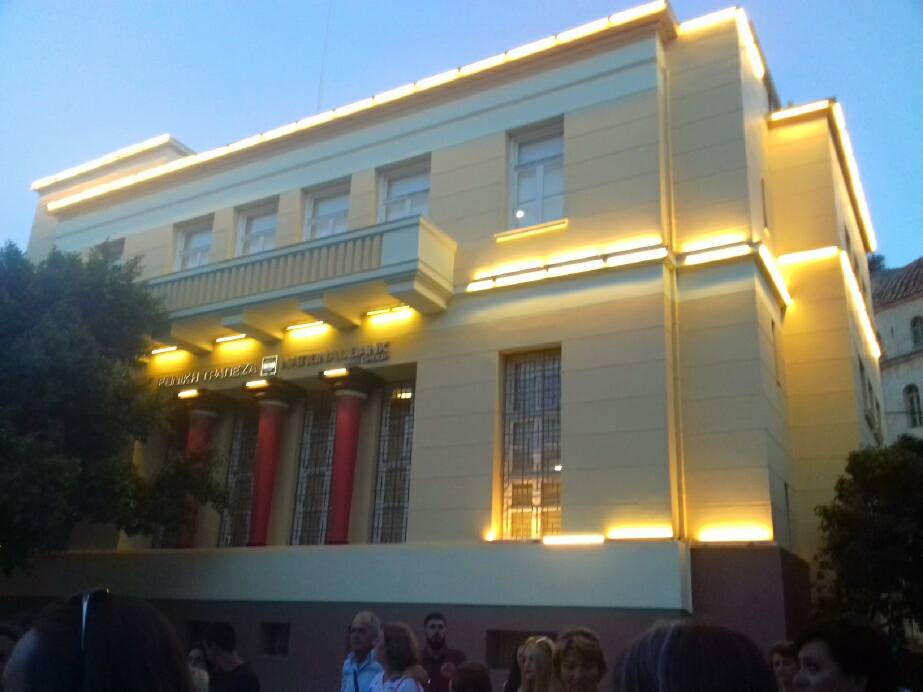
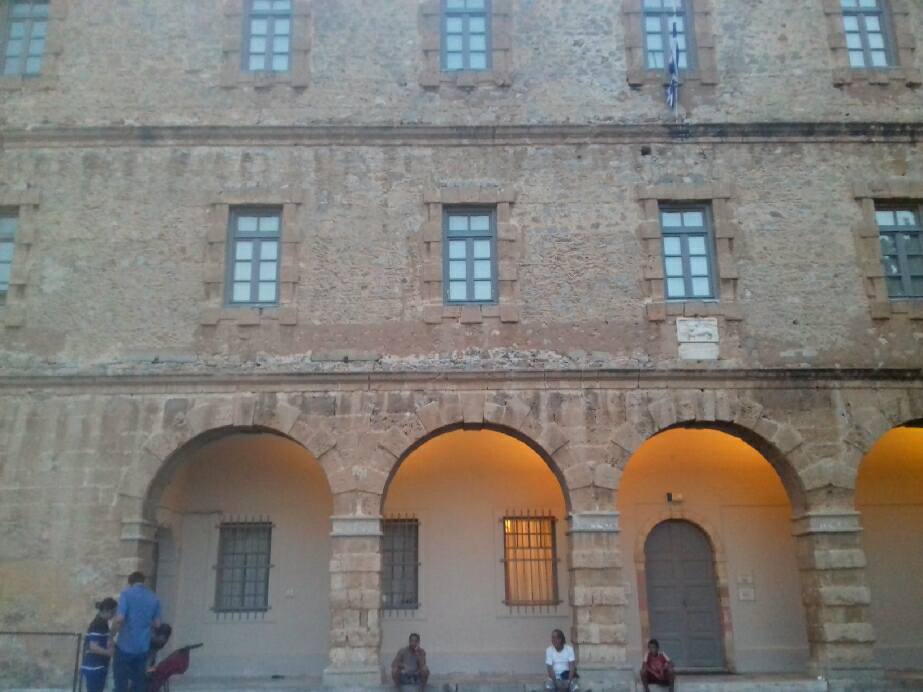
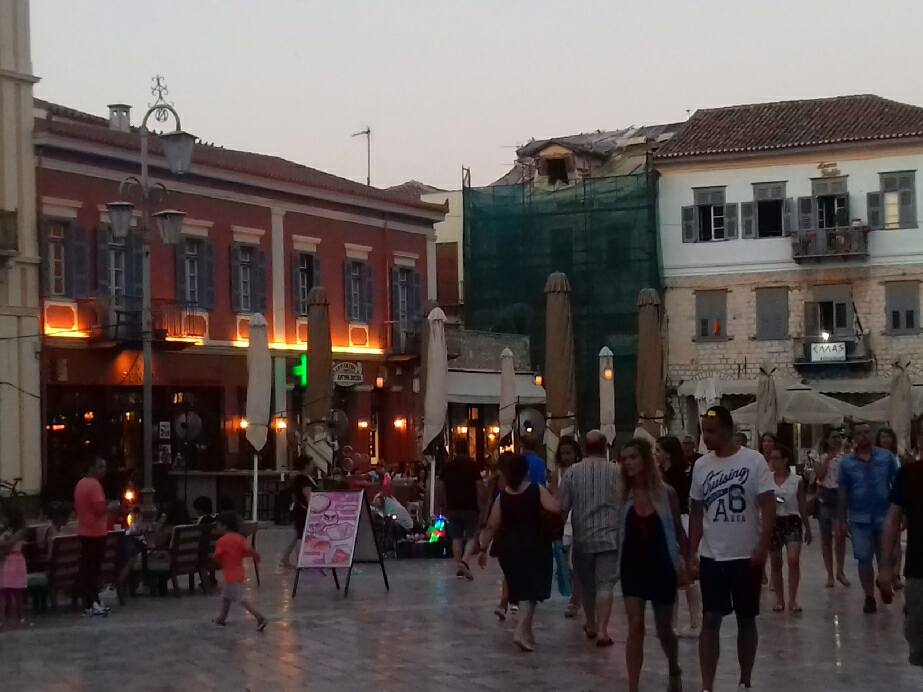
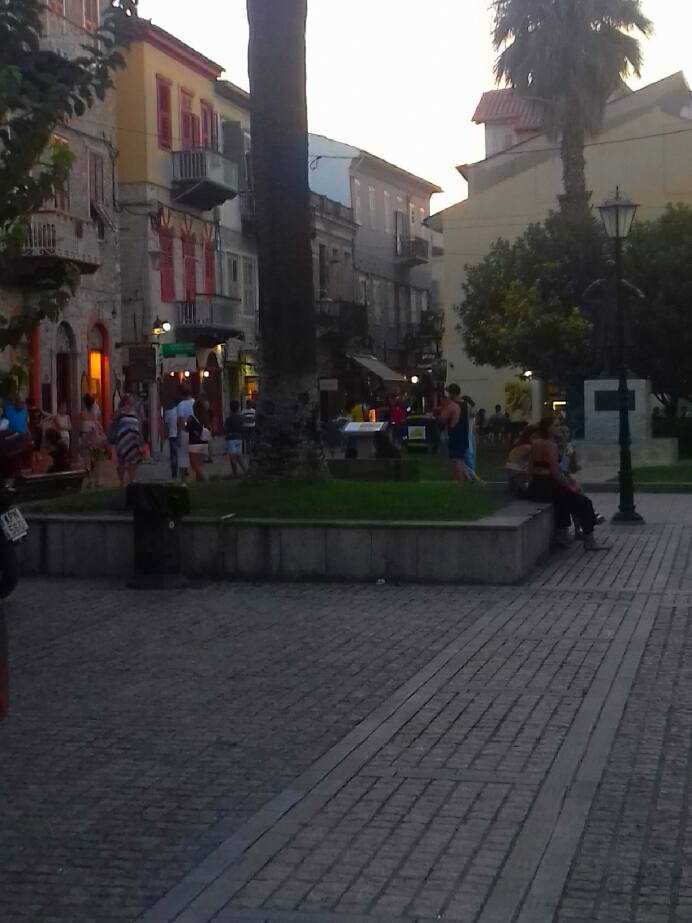
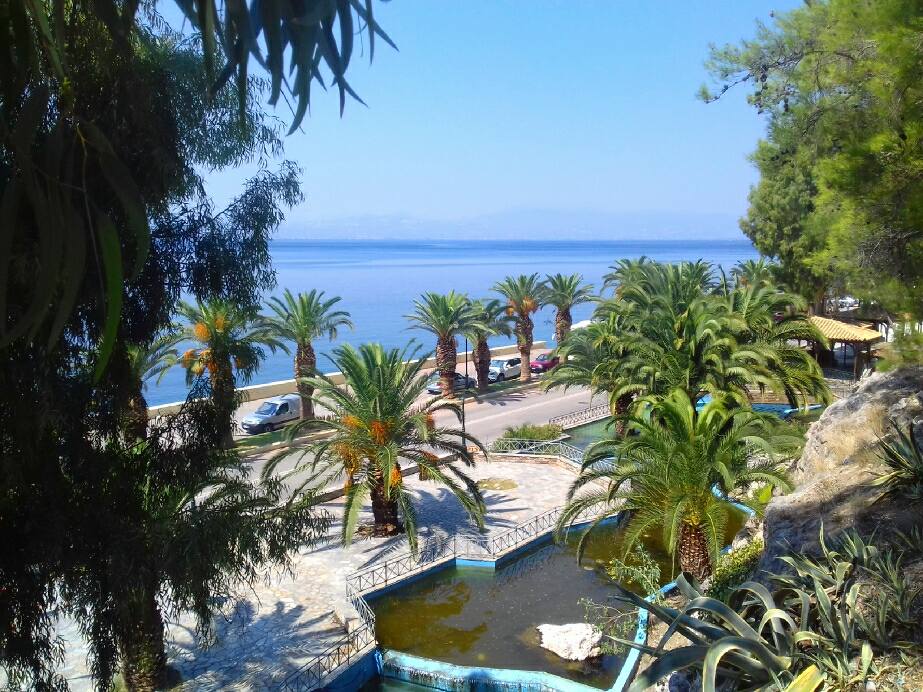
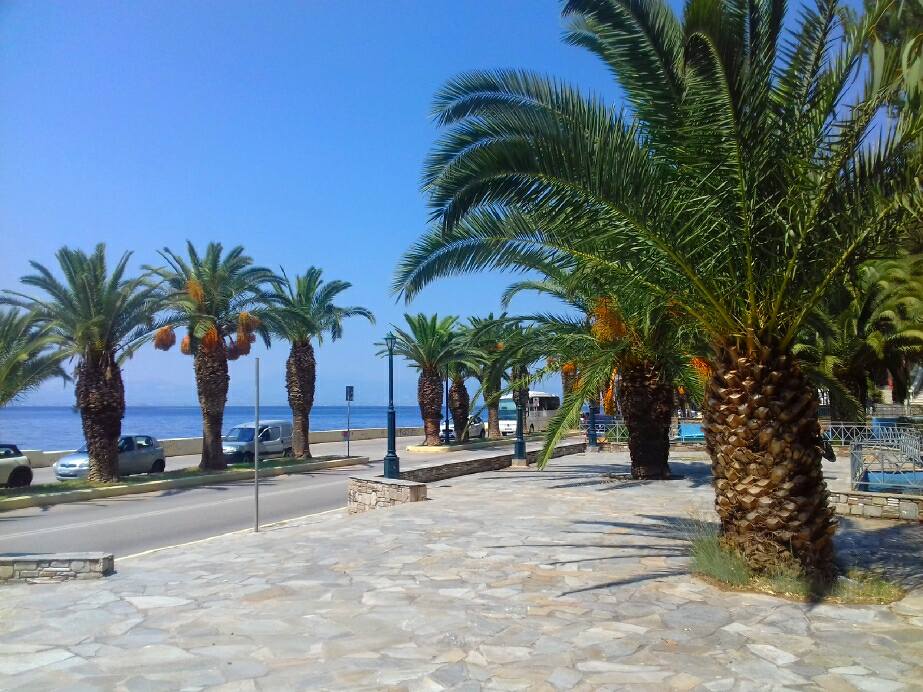
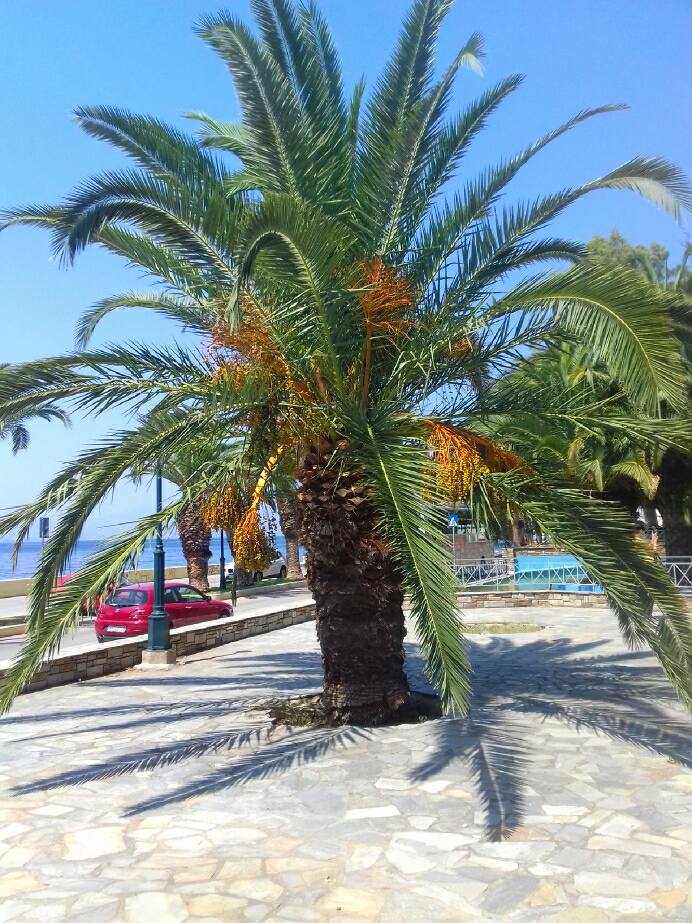
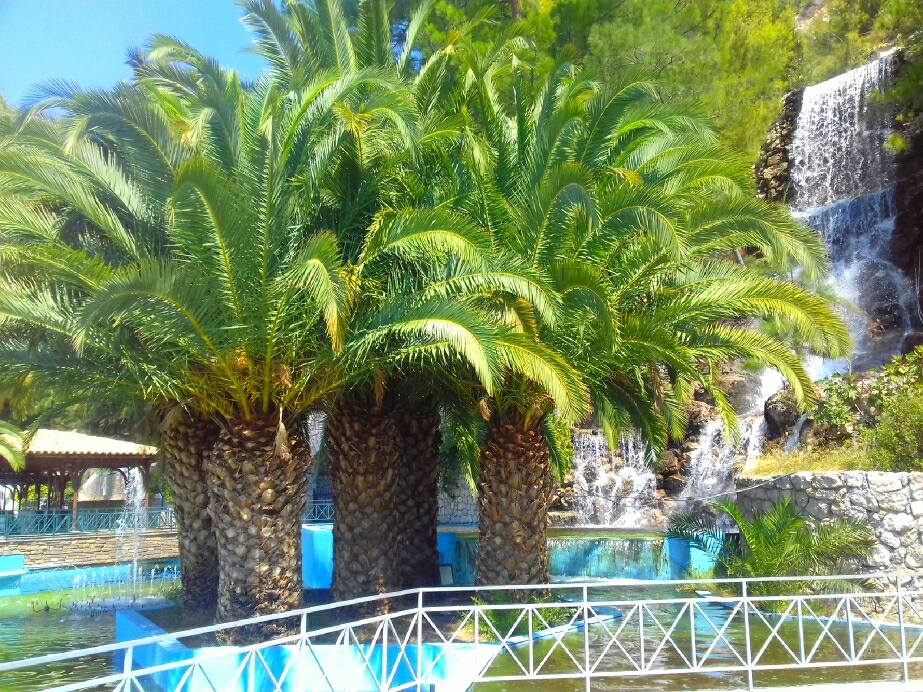
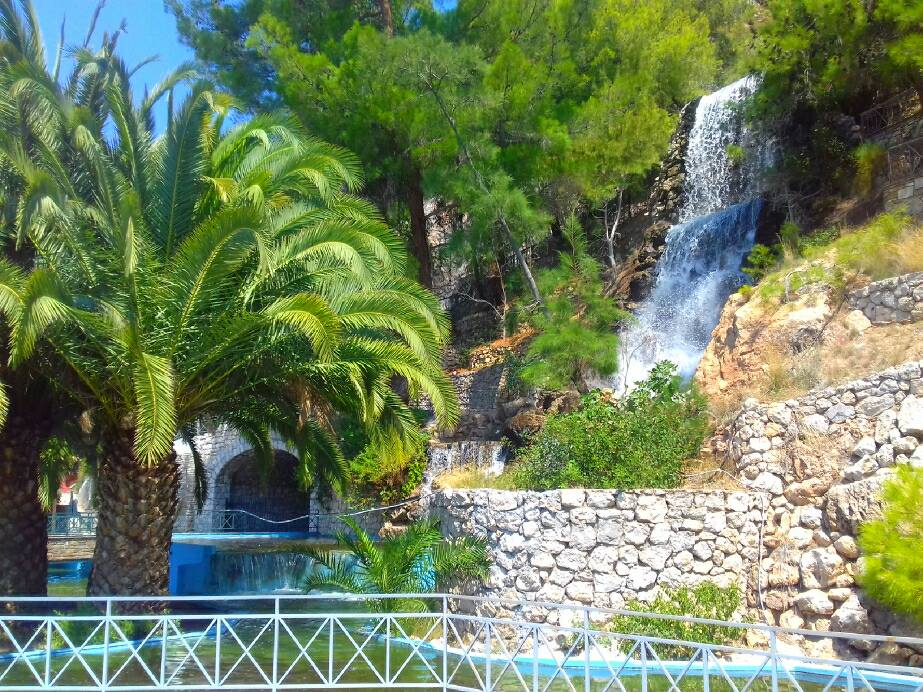

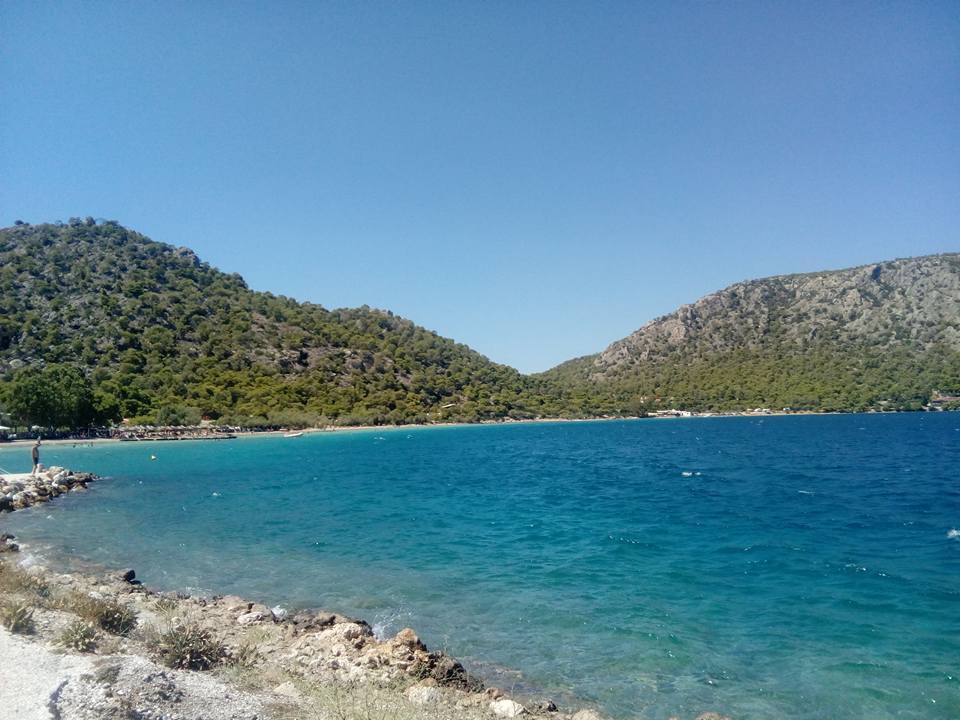
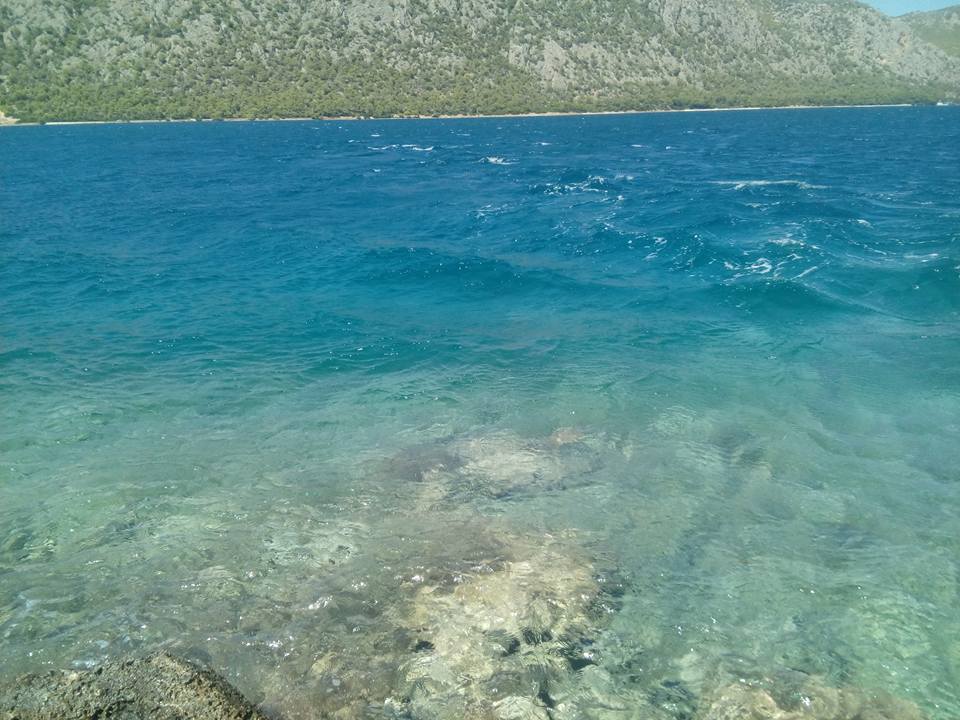
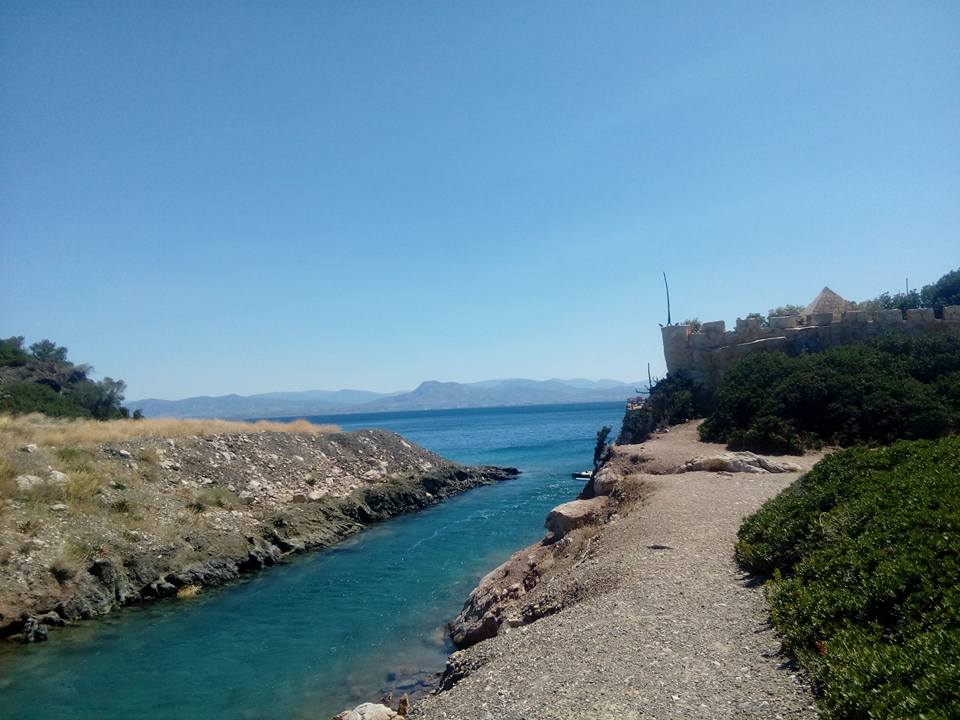



















Post a Comment
NOTE
All your questions in the comments will receive an answer via email so check your inbox shortly after you posted comment. For more detailed questions and responses, contact us via mail nikana@nikana.gr.